What People Think Why I Became A Bookbinder: Oh She Wants To Explore Her Artistic Horizon With Those
What people think why i became a bookbinder: Oh she wants to explore her artistic horizon with those pretty leather bound books of hers. She even gives them out as gifts to her friends. It most likely helps her with anxiety or maybe she just wanted a more special costume made notebook.
Why I actually became a bookbinder: I just illegally downloaded and printed out several of my favourite fanfics and books and started binding them into books cuz I love reading them but looking at screens for too long gives me headaches.
More Posts from Madadreferencearchive and Others
i am not joking we need to force teach cooking in schools. like. it is an essential thing for survival. do you know how easy it is to make things if you know even the bare bones shit about how cooking works. we need to teach teenagers how far you can take an onion and some other veggies it''s sad that people grow up not knowing how to prepare literally anything. and i'm not talking about oh this home ed class taught me how to make chicken nuggets at home i'm talking about learning the balancing of sweetness and acidity and saltiness and bitterness and shit like that and techniques and oil temperatures and how meats cook. it needs to be taught because it's literally not even that difficult and it matters so much
not me realizing that with tumblr moving the icons to the side, it eliminates xkit, which was situated at the top. what a scumbag move

AI disturbance overlays for those who don't have Ibis paint premium. found them on tiktok

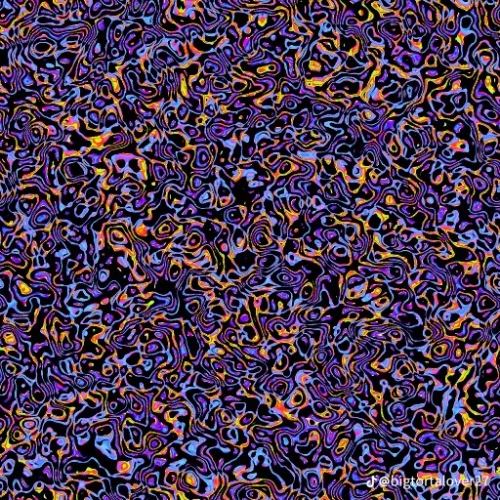
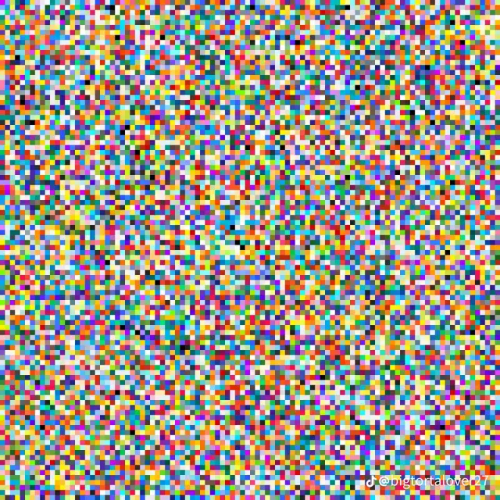

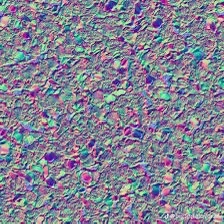
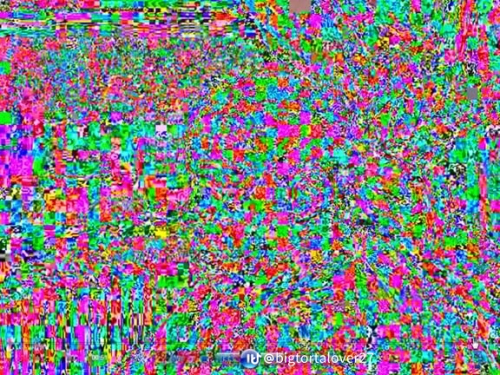

I’ve had a tumblr for 4 years what the fuck am I doing with my life
So my sister wants to start sewing more, because
a. She’s 5′ 11″ and can never find pants long enough for her legs or shirts long enough for her arms.
b. She hates synthetic fibers as much as I do and it’s difficult to find natural fiber clothes that aren’t made of cotton
c. She’s a biologist and would physically fistfight microplastics if given half a chance
So her gift from mom and dad for her birthday was a sewing machine. Not a super expensive one but a good solid serviceable one.
And recently she asked “So where do I GET wool or linen and thread that isn’t polyester” and mom was like ‘go ask your sister’
And I, of course, crashed into the group text like “GET A PEN I HAVE WEBSITES FOR U” and honestly I’m thrilled about this
RIP Joann, now what?
I wanted to make a post I could copy and paste and or link when I see folks asking where to buy fabrics when Joann is gone. I sew a lot, generally between 100-200 items a year and I don't do it on a big budget. Stores are not in a particular order.
Notions:
Wawak.com - start here, mostly stay here. Wawak is a supplier for professional sewing businesses and have the prices that show it. I will not pay for gutermann Mara 100 anywhere else. I buy buttons, tools, thread, and most elastic here.
Stitch Love Studio - this is where I buy lingerie supplies https://www.etsy.com/shop/StitchLoveStudio?ref=yr_purchases
Fabric:
Fabric Mart - this is one where you want to sign up for emails and never buy unless its on sale. They run different sales every day and they rotate. Mostly deadstock fabrics but I buy more from here than anywhere else. Fantastic customer service and if you watch you can get things like $6 wool suiting or $4 cotton jersey. https://fabricmartfabrics.com/
Fabrics-Store - again, buy the sales not the full price. Sign up for the emails but redirect them to a folder because it is TOO MANY. They stock linen or good but not amazing quality. https://www.fabrics-store.com/
Purple Seamstress - This is where I buy my solid cotton lycra jersey. They have other things, but the jersey is what I'm here for. Inexpensive and very good quality. If you ask she will mail you a swatch card for the solids. https://purpleseamstressfabric.com/
LA Finch - deadstock fabrics with a fantastic remnant selection https://lafinchfabrics.myshopify.com/
Califabrics - mix of deadstock and big brands, easy to navigate and always seem to have good denim in stock. https://califabrics.com/
Boho Fabrics - good variety, nice bundles. I have also gotten some really great trims from here. https://www.bohofabrics.com/
Firecracker Fabrics - garment and quilting fabrics, really nice selection and great sale section. I've bought $5 yard quilting cottons here several times. https://www.firecrackerfabrics.com/
Hancock's of Paducah - Quilting fabric and some limited garment fabric. AMAZING sale section. Do not sleep on the sale section. This is my first stop when buying quilting fabrics. Usually the last stop too. Not particularly speedy shipping. https://www.hancocks-paducah.com/
Itokri - This is something a little different. Itokri is an Indian business with incredible traditional fabrics. Shipping to the US is expensive, but the fabric is so inexpensive it evens out. I generally end up paying like $30 for shipping. Beautiful ikat and block prints. https://itokri.com/
Miss Matatabi - this is a little treat. This isn't where you go to save money, but there are so many beautiful things in this shop. Ships from Japan incredibly quickly. https://shop.missmatatabi.com/
Lucky Deluxe - Craft thrift store, always has an incredible selection and fantastic customer service. I need to close the tab fast because I never go to this website without finding something I need. https://www.luckydeluxefabrics.com/
Swanson's - the OG of online craft thrift stores, but I find their website harder to navigate. https://www.swansonsfabrics.com
Honorary Mentions: I haven't shopped at these places yet but I have had them recommended and likely will at some point.
A Thrifty Notion - https://athriftynotion.com/
Creative Closeouts - https://creativecloseoutsfabric.com/ being rebranded to sewsnip.com on March 1 - quilting deadstock
Hawthorne Supply Co. - I just got this rec and I think I need to not look too closely or I'm going to slip with my debit card. https://www.hawthornesupplyco.com/
This is not an exhaustive list of everywhere you can buy fabric, or even a full list of where I shop. There are SO many options out there in the world. You also need to think outside the fabric store box. I thrift men's shirt fabrics for quilts and sheets for backing fabric. I don't do a ton of in person thrifting and my local stores don't get a lot of craft materials but every thrift store is its own universe and reflects the community it is in. Go out and find something cool.
Oh and final note: Don't shop at Hobby Lobby.
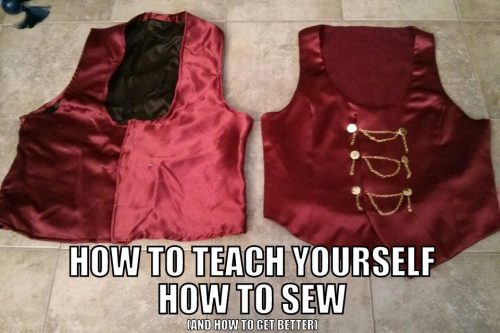
A lot of people don’t believe me when I say that I’ve only been sewing for a little over 3 years. Previous to that I had only really ever sewn plushies, pajama pants or pillows during Guide Guide workshops aka I could put fabric through a machine and sew in (sort of) straight lines but not much else. I had never used a clothing pattern before, I had never used anything other than a basic straight stitch, and I had never bought fabric. October 2012 was the first time I ever sewed any garments completely from scratch and those were my Fushimi from [K] vest and coat and now this October (2015) I will be competing at the Master’s level for cosplay craftsmanship. So I figured I’d give a short rundown of how I taught myself how to sew and how I improved.
1) I watched a lot of Project Runway (the earlier seasons… Annnndreeee, where is Annnndreee?). While this didn’t help much in actual sewing, it got me familiar with a whole lot of terminology and types of fabric and outfits. Plus it also showed me where people tended to take shortcuts and when those shortcuts tended to fail.
2) I got a very basic sewing machine and I READ THE ENTIRE USER MANUAL. I started off on a Singer Simple which was a gift from my parents (who actually bought it 2 years earlier but never gave it to me thinking I’d never use it… HA!) and I went through every single English page of that user manual. I became familiar with all the parts of my machine, how to thread it, how to change bobbins, how to clean it, how to fix jams, all the different stitch types, and I practiced sewing a bunch of random stitches on scrap pieces of fabric just to see what they looked like and how they changed when I changed different tension settings.
3) I got a basic sewing book (from like 1965… it’d probably better to get an updated/current book) that acted as a glossary of sewing terms. I had no idea what 50% of the stitches I needed to use were called so this became very useful later when I bought my first pattern.
4) I bought my first patterns and chose something fairly simple to start off with which was a lined vest (followed by an immensely more difficult jacket). I went with Simiplicity patterns after doing a lot of googling for the most new-user-friendly patterns.
5) Then I FOLLOWED THE PATTERN INSTRUCTIONS. It seems like an obvious step but even now I sometimes skip a step and then later regret it. Everything the pattern said I needed, I bought. I bought the specific types of fabric, interfacing, thread, buttons, I did not deviate from their suggestions for the first trial run. Then I read through the pattern instructions, cut out all the corresponding pieces for my size and got to work. The key was to work slowly and re-read things as I went. I also used my sewing book and google to help better explain some of the instructions that were not 100% clear to me just starting out. I also looked up youtube video tutorials on how to iron seams, sew darts, properly clip curved edges, sew button holes, and finish inside seams. Research, research, research!
6) To re-iterate: TAKE YOUR TIME. Slow and steady wins the race. It took me probably a solid 4 days to sew a very simple vest that would probably take me maybe a couple hours now but damn it was one of the cleanest looking vests I had ever sewn. I made sure not to rush anything and gave myself lots of time.
7) I kept practicing. The more I sewed, the more familiar I became with how garments were put together and where I could change things to better fit my size or how to alter things to better fit the garment I was trying to create. I experimented whenever I could on scrap fabric to see what would and would not work for stitching and ironing.
3 years later and I can now draft my own patterns and sew dozens of different types of garments with dozens of fabric types. I would attribute 90% of my learning experience to taking it slow at first and researching as I went. I didn’t allow any guesswork on the first couple of projects I worked on because how would I ever learn if I didn’t look into how something was properly done? Google, youtube, tutorial blogs (wink wink), reference books, and pattern instructions are you friends, do not take them for granted.
Pictured at the top on the left is the first Kirishiki vest I (rush) sewed in July 2012 without following instructions and trying to do it myself. The vest on the right is from December 2012 after I decided to take my time and follow instructions and actually learn while I was sewing. You can improve 100% just by taking your time, doing some research and following the instructions.
Bonus: What I bought for my sewing starter kit
A green rotary/cutting mat. They can be really expensive but I have been using my large mat for 3 years straight and it works wonders at not only protecting the surface you are working on, but giving you a nice sturdy pinning and cutting surface that is self-healing and doesn’t get destroyed by pins and exacto knives.
1 large and 1 small pair of orange handled sewing scissors.
A 6" x 24" clear sewing ruler.
A pack of white/blue fabric pencils.
A box of standard pins, plus a pin cushion.
A pack of extra bobbins.
A pack of standard sewing needles for hand-sewing.
A pack of standard sewing needles for my machine.
An iron and mini ironing board.
Happy sewing!
-Heather
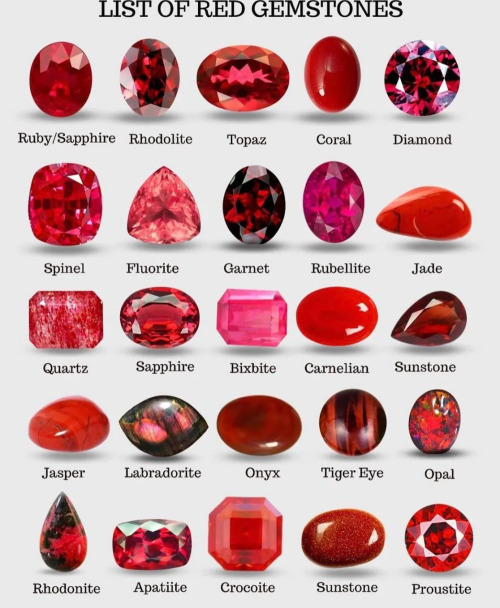

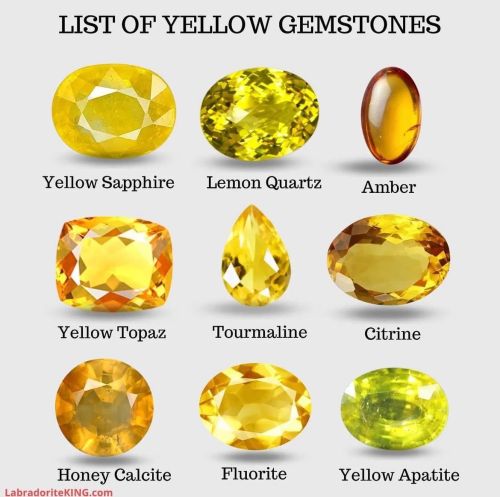
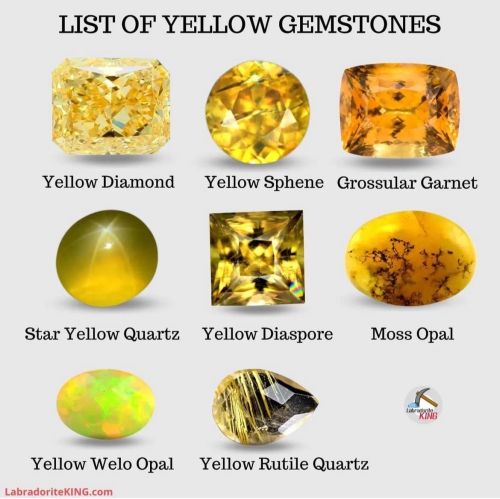
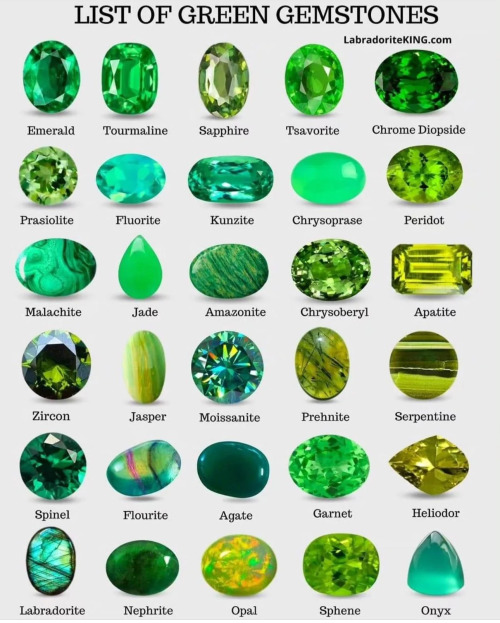
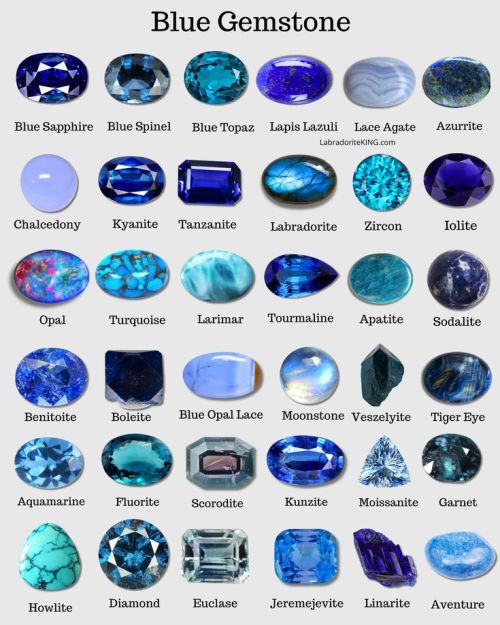
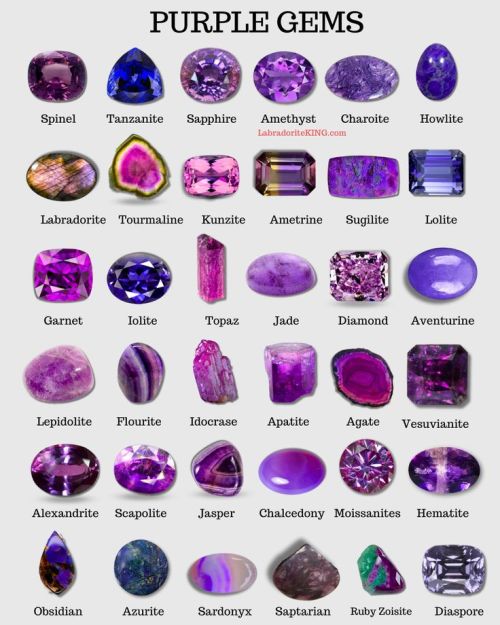

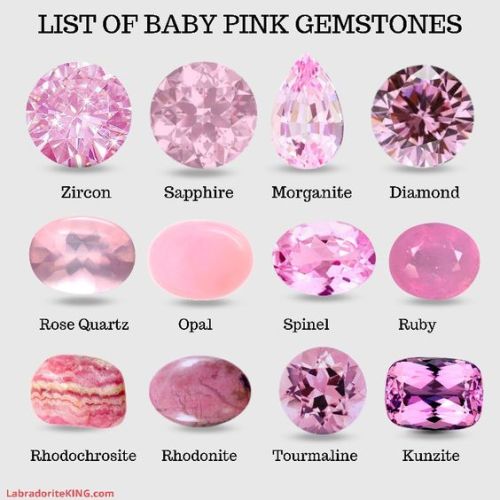
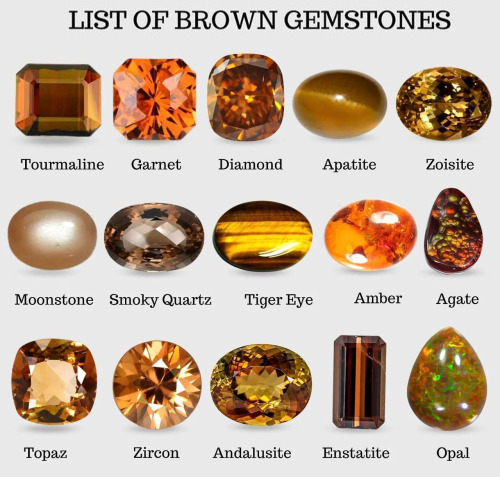
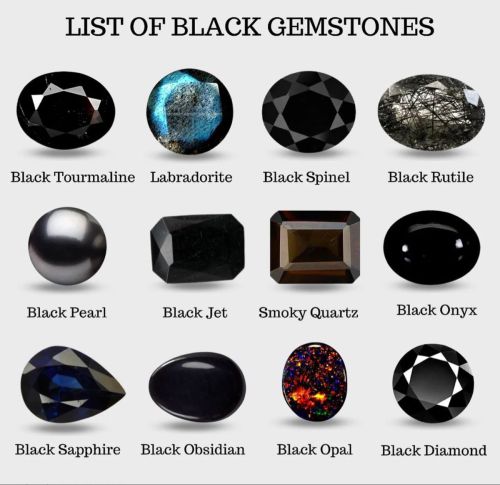
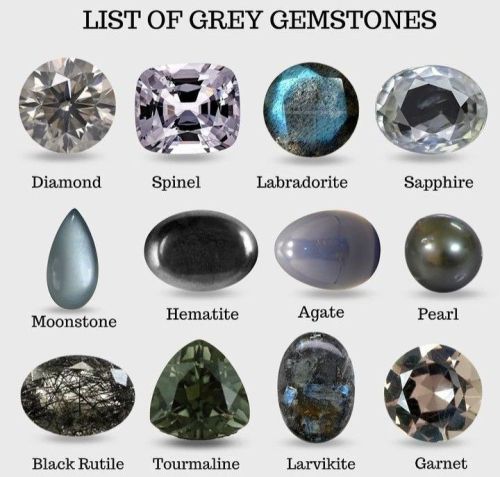
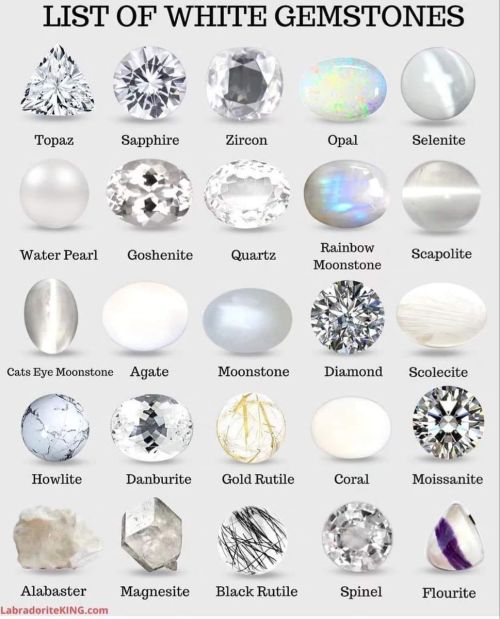
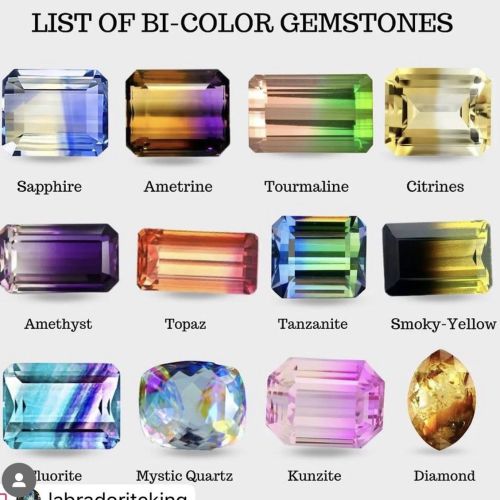
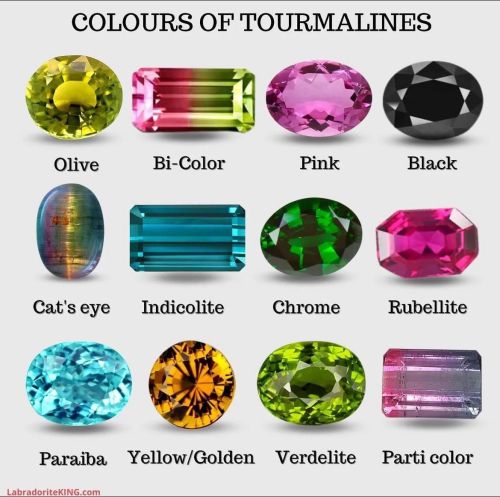
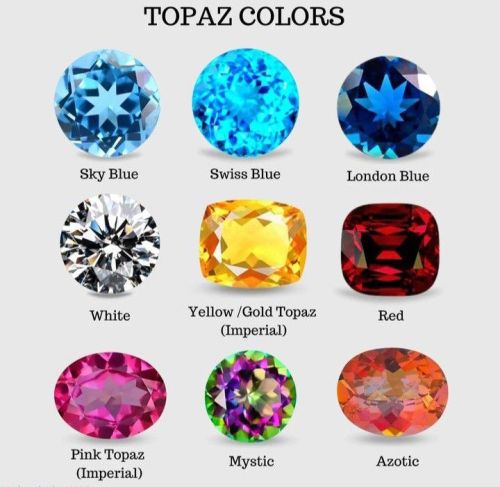
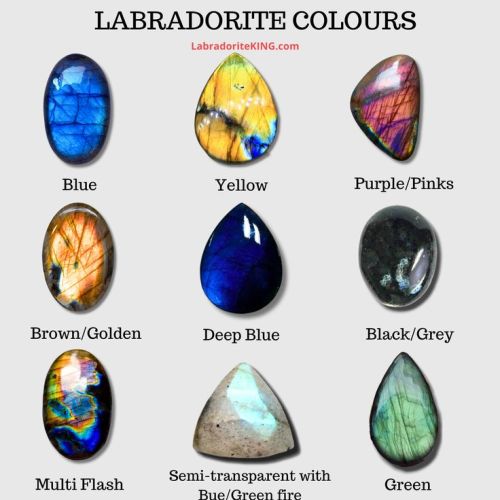
By LabradoriteKing on Pinterest
-
 monstrousparalysis liked this · 5 days ago
monstrousparalysis liked this · 5 days ago -
 phosphateblues reblogged this · 6 days ago
phosphateblues reblogged this · 6 days ago -
 eternalparadisearchive reblogged this · 6 days ago
eternalparadisearchive reblogged this · 6 days ago -
 elenayruthevixen liked this · 6 days ago
elenayruthevixen liked this · 6 days ago -
 shinennohane liked this · 1 week ago
shinennohane liked this · 1 week ago -
 trois-petits-lapins reblogged this · 1 week ago
trois-petits-lapins reblogged this · 1 week ago -
 lapismaid liked this · 1 week ago
lapismaid liked this · 1 week ago -
 itshomobirb reblogged this · 1 week ago
itshomobirb reblogged this · 1 week ago -
 scienceandstorytelling liked this · 1 week ago
scienceandstorytelling liked this · 1 week ago -
 infozimorda reblogged this · 1 week ago
infozimorda reblogged this · 1 week ago -
 zimorda liked this · 1 week ago
zimorda liked this · 1 week ago -
 kashlov reblogged this · 1 week ago
kashlov reblogged this · 1 week ago -
 bookwyrm-the liked this · 1 week ago
bookwyrm-the liked this · 1 week ago -
 helmetbird liked this · 2 weeks ago
helmetbird liked this · 2 weeks ago -
 clown-egg-and-other-things reblogged this · 2 weeks ago
clown-egg-and-other-things reblogged this · 2 weeks ago -
 clown-egg-and-other-things reblogged this · 2 weeks ago
clown-egg-and-other-things reblogged this · 2 weeks ago -
 tearable--puns liked this · 2 weeks ago
tearable--puns liked this · 2 weeks ago -
 pip-doodles reblogged this · 2 weeks ago
pip-doodles reblogged this · 2 weeks ago -
 pip-doodles liked this · 2 weeks ago
pip-doodles liked this · 2 weeks ago -
 bowtais-are-cool liked this · 3 weeks ago
bowtais-are-cool liked this · 3 weeks ago -
 elegantlyenchantedstubbornfool liked this · 3 weeks ago
elegantlyenchantedstubbornfool liked this · 3 weeks ago -
 uprimnost liked this · 3 weeks ago
uprimnost liked this · 3 weeks ago -
 ashyiggybrows liked this · 3 weeks ago
ashyiggybrows liked this · 3 weeks ago -
 seudonimoutforska reblogged this · 3 weeks ago
seudonimoutforska reblogged this · 3 weeks ago -
 accismusworld liked this · 3 weeks ago
accismusworld liked this · 3 weeks ago -
 crackalackindoesntrock reblogged this · 3 weeks ago
crackalackindoesntrock reblogged this · 3 weeks ago -
 imcrackalackin liked this · 3 weeks ago
imcrackalackin liked this · 3 weeks ago -
 1800dogzone liked this · 3 weeks ago
1800dogzone liked this · 3 weeks ago -
 blankdesignbook reblogged this · 3 weeks ago
blankdesignbook reblogged this · 3 weeks ago -
 penniesandpocketlint reblogged this · 3 weeks ago
penniesandpocketlint reblogged this · 3 weeks ago -
 crash-the-plane liked this · 3 weeks ago
crash-the-plane liked this · 3 weeks ago -
 ultrablueberryme liked this · 3 weeks ago
ultrablueberryme liked this · 3 weeks ago -
 queerby777 reblogged this · 3 weeks ago
queerby777 reblogged this · 3 weeks ago -
 queerby777 liked this · 3 weeks ago
queerby777 liked this · 3 weeks ago -
 geeai liked this · 3 weeks ago
geeai liked this · 3 weeks ago -
 geeai reblogged this · 3 weeks ago
geeai reblogged this · 3 weeks ago -
 dejaruhe liked this · 3 weeks ago
dejaruhe liked this · 3 weeks ago -
 thaemin reblogged this · 3 weeks ago
thaemin reblogged this · 3 weeks ago -
 sippingmychai reblogged this · 3 weeks ago
sippingmychai reblogged this · 3 weeks ago -
 murdering-kittens liked this · 3 weeks ago
murdering-kittens liked this · 3 weeks ago -
 siolus liked this · 3 weeks ago
siolus liked this · 3 weeks ago -
 dragonsareaces reblogged this · 3 weeks ago
dragonsareaces reblogged this · 3 weeks ago -
 outlaw-monarch reblogged this · 3 weeks ago
outlaw-monarch reblogged this · 3 weeks ago -
 goblinofha liked this · 3 weeks ago
goblinofha liked this · 3 weeks ago -
 bitchycatwizard reblogged this · 3 weeks ago
bitchycatwizard reblogged this · 3 weeks ago -
 kitsune--queen liked this · 3 weeks ago
kitsune--queen liked this · 3 weeks ago -
 need-to-stop-procrastinating liked this · 3 weeks ago
need-to-stop-procrastinating liked this · 3 weeks ago -
 flipkat reblogged this · 3 weeks ago
flipkat reblogged this · 3 weeks ago

Hey my main is mad-ad I use this side blog to keep posts I want to save handy and my drafts clear
76 posts